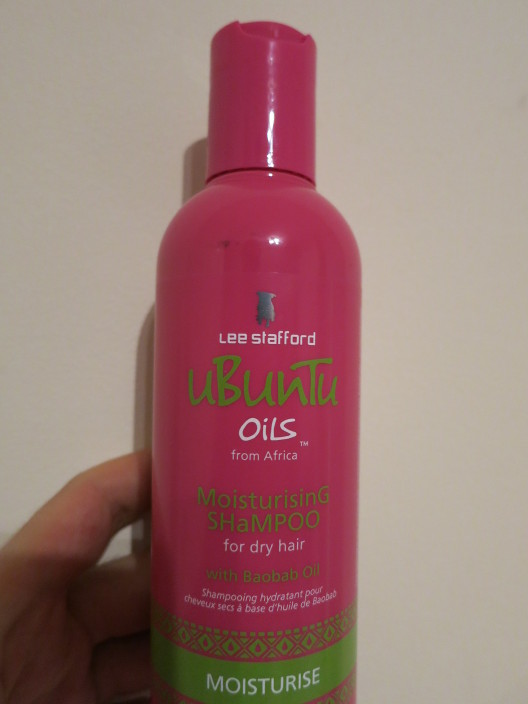Recently I came back from China. I stayed there 2 weeks, about one week in Dalian (because of a friend) and another in Beijing. It has been an eye-opening experience: I had many misconceptions of China for different reasons -I’ll explain in another blog post.
I bought a Beijing’s guide and I really recommend it. It’s “Top 10 Beijing” from “Eyewitness Travel”. It has Top 10 lists: Top 10 to see, Top 10 per zones, Top 10 restaurants, Top 10 museums, etc. and the guide is easy to navigate (it has some mistakes but nothing big).
The guide has “Top 10 things to avoid”. I liked it and I thought that it was quite clever and funny, but after being there I would take it with a pinch of salt. Let’s review what the book says and what my experience was.
1.- Students of English
The guide says that so-called “language students” on the street are con-artists (“scammers”) and they try to invite you to have tea… and they have a deal with the tea-shop owner so they over-charge you (to hundreds of £ or €).
No English student approached me, but talking with some Chinese friends they know some foreigners that had this problem. So it seems good advice!
2.- Queuing
The book says that Chinese don’t do queues well.
My experience: they are not perfect queues… but in all the time I was there only once (to enter Tiananmen square) I had to really push back while queuing. The queues are much more compact than English queues (no “personal space”). But, if you come to my zone in London and observe the “queue” to board the bus: it’s a disorganized group of people blocking the whole pavement. They don’t usually move when other pedestrians want to just walk through. As a fun note: the queue is perfect on the same bus route but at the other end, near Waterloo station.
3.- Taking Offence at Spitting
The guide book seems to indicate that everyone spits all the time. Yes, they do spit, but not as much as I thought. I didn’t need to jump to avoid any spits. And, again, I’ve seen people in London spitting or even peeing on the streets.
4.- Rush Hour
The book says that Beijing’s traffic is bad and rush hour should be avoided. It’s bad, but it didn’t affect me much: I could still get on the underground trains easily. In the morning I used the underground a bit after the rush hour. But yes, the traffic looked very bad.
5.- Art Students
The book says that art students might try to sell over-priced “art objects”. It didn’t happen to me: no art student approached me. Probably they approach people better-dressed than me. If I were an art student con-artist I wouldn’t approach myself!
6.- Guides
The book says that some tourist guides are very bad (that they don’t give much information, etc.). I have no experience here… someone approached me but I said my polite “No, thank you” and they didn’t insist much.
7.- Visiting Sights on National Holidays
I avoided Chinese New Year to avoid the problems mentioned in the book. I was told that the Great Wall and other places are overcrowded.
8.- Sweet and Sour Chicken
I didn’t see any “Sweet and Sour Chicken”, but probably it’s in some tourist restaurants that I didn’t go. It’s common in Chinese restaurants in my hometown near Barcelona and I think that also in Camden Town in London.
9.- Public toilets
The book says that they smell bad. They smell like… public toilets! (would you expect them to smell like flowers? No, right? no surprise then). And they are free. And almost everywhere! (even in underground stations). In London one needs to pay and quite often they still smell bad and they are hard to find.
10.- Taking a taxi without the Right Change
The book says that “Beijing taxi drivers hardly ever seem to carry any change”. I asked some Chinese friends and they said that they do have change. The book is written by a foreigner so my guess is that maybe some taxi drivers tried to not give change back to him.
Something that usually happens to me: when I read some lists like the “Top 10 things to avoid” or similar: I tend to imagine that the situation is worse than it is. If it says “they spit” I think that everyone spits on my feet all the time. And yes, they do spit but not that much!


